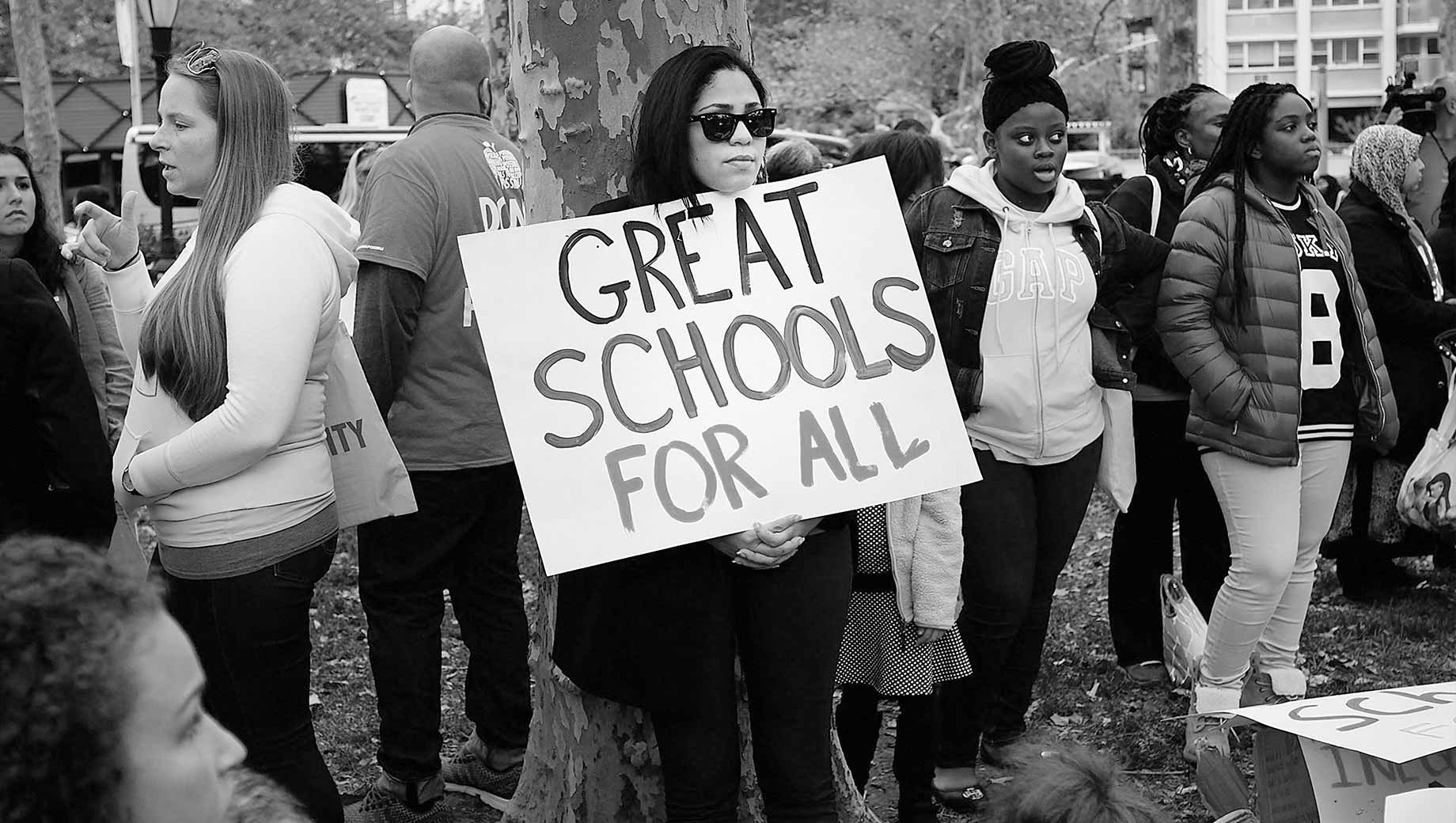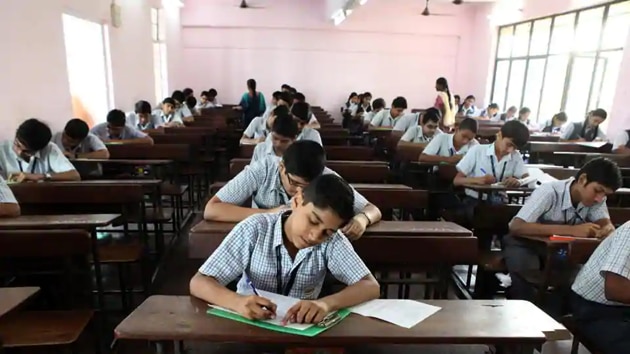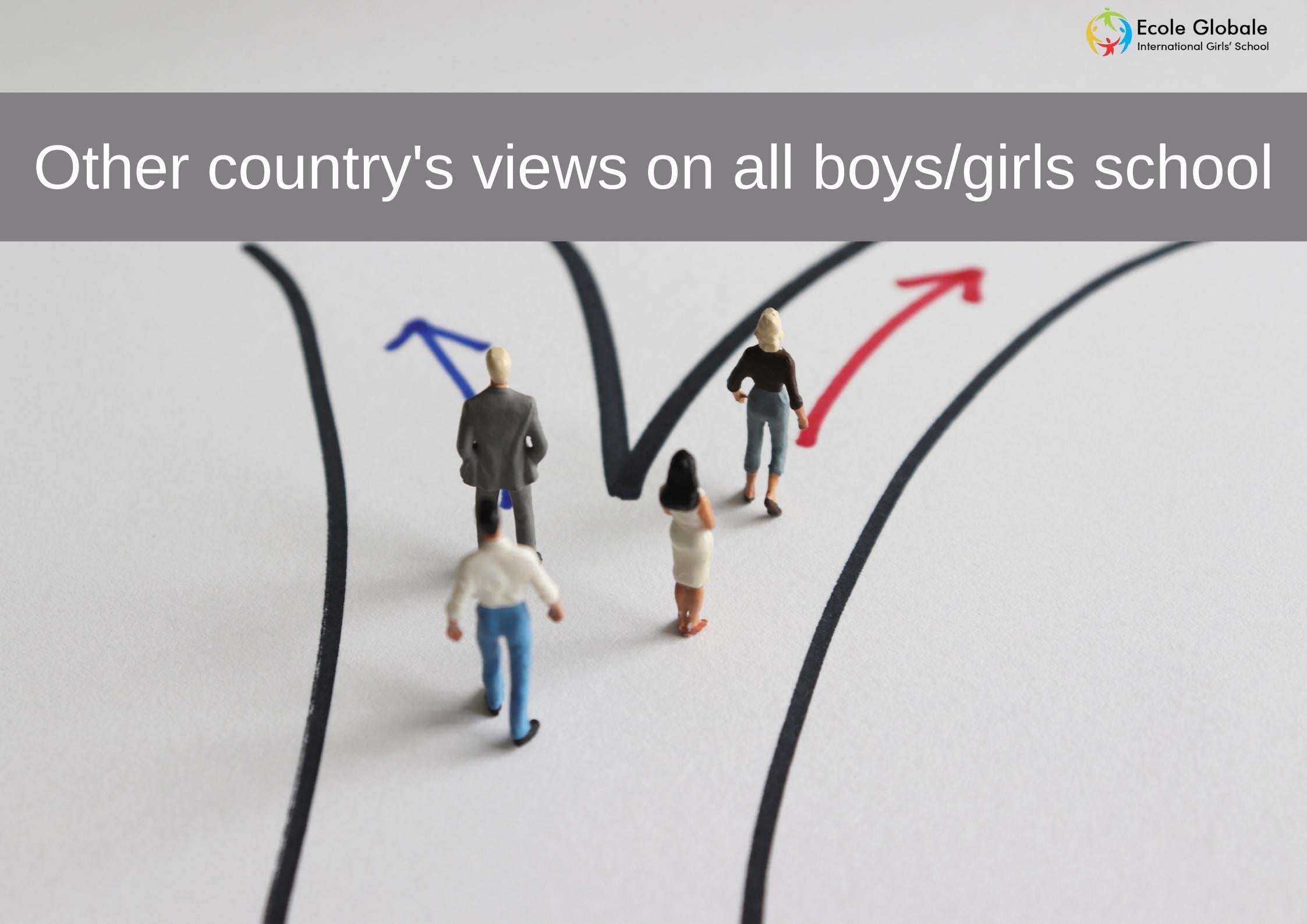It’s a very current topic, “Do other countries have a preference for all boys/girls school like India?” India has bills in the making about compulsory education for girls and for banning gender discrimination in schools. This generated a lot of discussions on recent blogs. It also made me wonder if other countries have a preference for co-education or single sex schools. I have a research paper coming up, and this is one of the questions my professor asked me to answer.
Have you ever noticed that when a teacher tells you to imagine something, your imagination transports you out of your seat and into another world? That’s because there is a part of our brain called the ‘autobiographical memory’ that brings images and memories back to our mind automatically. This caused me to wonder if other countries around the world used the power of imagination for education. I found something interesting about education in Asia: do other countries like India have a preference for all girls schools or co-ed schools?
Other countries don’t seem to think it is as strange to have all boys schools or all girls schools like India. Some may wonder if schools that are “all members of the same sex” have some benefit to them over single sex schools (mens, womens or co-ed).

India is the only country where I’m aware of that has establishments where boys and girls are educated separately. Further, India is the vast majority of the population. It’s a big deal. With this in mind, do you think it’s fair to assume preferences for single-sex education hold true outside India? Is it different? Are there other factors at play that we’re not considering? Is same sex school like all girls school is really necessary?
As a student I’ve never had an issue with all boys/girls school; my time has been tremendously rewarding. However, there have been numerous colleges that have hosted programs focused on developing interdisciplinary curricula focused on issues unique to female students; I’m aware those programs existed at least 30 years ago.
The answer is no. In fact, in most countries, it is forbidden by law to segregate children by sex in a school.
In the U.S., for example, Title IX of the Education Amendments of 1972 protects people from discrimination based on sex in education programs or activities that receive Federal financial assistance.
There are some schools that have single-sex classes, but this would be for a class period, not an entire school day. The same teacher may teach both boys and girls.
This is not to say that all-boys or all-girls schools do not exist in other countries. There are some religious schools (e.g., Muslim) that would be segregated by sex, but these would be private schools and not public schools funded by the government.
There are also private boarding schools in the U.K., Ireland and the U.S., such as Eton College (U.K.), Rugby School (U.K.), Clongowes Wood College (Ireland), and Phillips Academy Andover (U.S.) that are all-boys or all-girls schools, but these are not typical schools attended by most students in those countries.

A per research conducted by girls’ school in India, India is one of the few countries in the world where gender segregation in schools is a norm. Segregation is generally common among the elite schools, which are expensive and cater to the urban population.
While gender-segregated classrooms have been a part of India’s educational system for decades, they are now being widely promoted by the government and private organisations as a way to reduce sexual harassment in schools.
The Delhi government has introduced separate classrooms for girls and boys in 500 government schools as part of its “Beti Bachao, Beti Padhao” (Save girl child, educate girl child) campaign.
To answer this question, I will focus on the United States because we have a large number of different schools that are all co-ed or same sex. In the case of the US, it is a complicated answer.
In the United States, private schools tend to be more same sex than public schools. A reason for this is that they need to appeal to parents who think that single sex education is better than co-educational schooling. There are some exceptions of course. The main ones are religious schools, which may prefer single sex education for some reasons related to their religion (for example, many Jewish schools are all boys or all girls).
In general though, people who can afford private school are often able to send their children to whatever school they want and some parents want their children in same sex classrooms.

As for public schools, there tends to be a larger number of girls’ schools than boys’ schools. This is mainly because historically girls were given much less education than boys so there were more places for them to go for schooling (when girls had fewer opportunities outside the home).
Today, we still see more girls getting secondary education than boys (and there is even more disparity when it comes to college), so there are still more public girls’ schools than boys’.
For any queries related to parenting, schooling, or for any student-related tips, click here to check out our latest blogs






